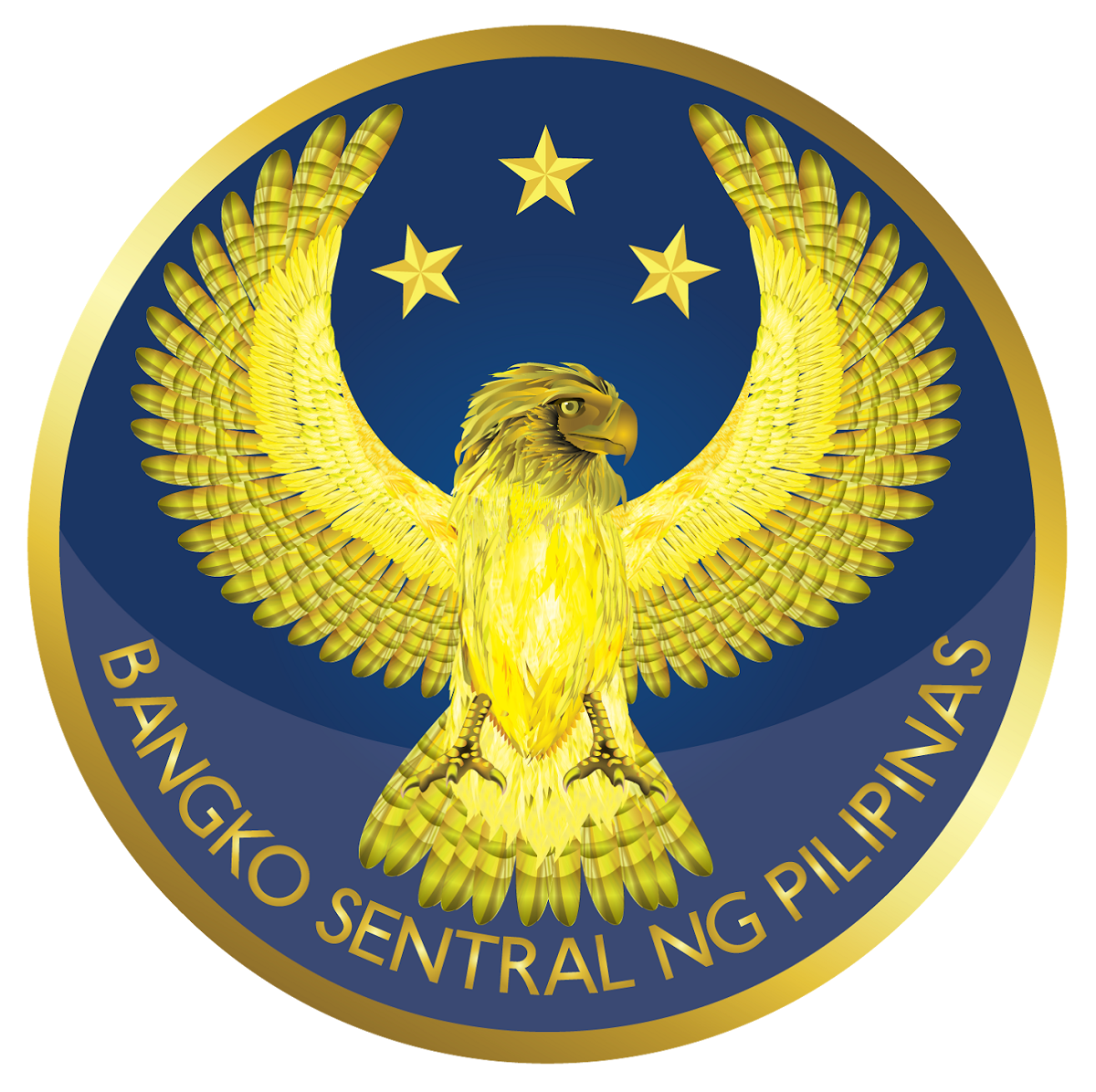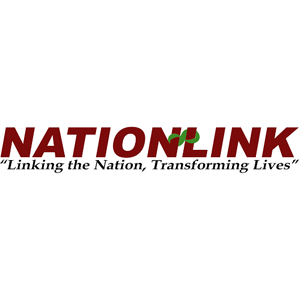Cooperative Bank of Bohol
Formerly Cooperative Rural Bank of Bohol, Inc. was organized by 320 Samahang Nayons from the different towns in the Province of Bohol. It is the first cooperative bank in Region VII. It was registered with the Bureau of Cooperatives Development on April 24, 1980, confirmed by CDA in 1991 and re-registered in 2010 under Republic Act 9520.
It started its operation on November 3, 1980 under Central Bank’s Authority to operate No. 1028. Its initial capital was only P840,000.00.
Vision:
A digitalized billionaire cooperative bank with excellent customer service anchored on good governance.
Mission:
We commit to:
– Develop a passion for excellence in customer service;
– Formulate sound business decisions;
– Expand the bank’s assets and other resources;
– Keep abreast with technological innovations.
Goals:
Guided by the vision and mission, we aim to:
– Create a customer-driven workforce;
– Develop financial literacy and competence;
– Promote expansion of membership and services;
– Adopt advanced banking technology.
Developmental Goal:
A cooperative which can provide services in terms of cooperative education, accommodating deposits and loan applications of the Boholanos especially the farmers and fisher folks with the end view of uplifting the quality of life of its clients and consequently help the economy of the Province.
Tag Line: Guiding You Through
- To be a reliable financial institution is the vision of the Cooperative Bank of Bohol. The Province of Bohol particularly in the City of Tagbilaran has a lot of commercial banks. People used to bank with them because of their popularity and that people consider them as big banks. Cooperative Bank of Bohol has upgraded its system; adopt the present technology in order to provide quality services among the 127 member-cooperatives and the general public.
- In addition to reliability in financial services to cooperatives and individuals, Cooperative Bank of Bohol will be guiding its clients on what kind of facility the bank can offer to him/her, how to avail and the personal guidance of the terms and conditions from our bank’s personnel. Once, a client have decided to avail in any of the bank’s services, processing will take only two hours for salary loans and one to two weeks for loans secured by Real Estate Mortgage. That’s how Cooperative Bank of Bohol of service to the Boholano community.
- Crafting a business model is part of establishing a meaningful business strategy. Due to its target market and the nature of the bank’s operation, our Bank uses the retail-funded business model, relying mainly on retail sources of funding, i.e., through stable sources, primarily deposits and have limited interbank activity. It generates deposits from individual and corporate clients and lends the same to the public through agricultural, agrarian, business and consumption loans.
As a financial institution, Cooperative Bank of Bohol started its operation on November 3, 1980 accepting deposits and offering loans to member-cooperatives, Samahang Nayons and the general public. Different types of loan which will fit the needs of the clients. The bank shall earn income out of the interest and service fee of the loan releases. Other income shall be generated from sale of foreclosed properties. Expenses of the bank will include interest on deposits, salaries and wages of the employees, honorarium of the Board of Directors, taxes and licenses, supplies, light and water, fuel and lubricants, and other expenses related to bank operation.
As a cooperative bank, mandatory reserves shall be allocated out of the net income. After the mandatory allocation, the remaining income will be available for dividend and patronage refund to the different stockholders. The bank aims to grow so that marketing strategies, collection, good management and innovative works to answer the present demand of the people are all the concerns made for the success of the Cooperative Bank of Bohol.
RISK APPETITE AND STRATEGY:
Our reputation is based on trust and confidence from our clients, employees, stakeholders, regulators and the public in general. We will avoid actions and situations that can compromise trust and result in negative impact to Cooperative Bank of Bohol’s reputation, and, if and when, an unwanted and inevitable incident/situation arises, we shall manage it head-on to preserve our reputation. Cooperative Bank of Bohol has established a history of client trust, financial strength and innovation in pursuit to achieving its vision, mission and goals. The bank’s risk management framework seeks to ensure that there is an effective process in place to monitor and manage risks.
Our mission is to provide the financial welfare of both the cooperatives and individuals and upholding trust and confidence of the depositors. The bank is willing to take on the risk of borrowing funds from other banks or sources at 85% of its approved credit line in order to maintain its liquidity ratio at 30%. If in any case there might be a rapid increase in deposits or an abrupt withdrawal of deposits involving large amounts of cash resulting to a decline of said ratio below its minimum limit, we shall limit our granting of loan releases up to 25% above the desired target, intensify collection scheme specifically those that are nearing bad debts, and evaluate and assess loans to borrowers with good credit standing which could be possibly granted short-term credits that will easily be converted to cash to pay-off currently maturing obligations owed to valued clients.
Cooperative Bank of Bohol has a very low appetite for prolonged outage of a core banking system which supports its critical business functions including those which relate to banking operations. The Bank is also committed to ensuring that its information is relevant, accurate, timely and properly conserved and managed in accordance with legislative and business requirements. The Bank has no appetite for any fraud or corruption perpetrated by its personnel. It takes all assertions of suspected fraud or corruption earnestly and responds fully and impartially as set out in the Bank’s Manual of Operation.
The Bank is dedicated to a high level of compliance with relevant legislation, regulation, industry standards as well as internal policies and sound corporate governance principles. Identified breaches of compliance will be remedied as soon as practicable. It has no appetite for deliberate or purposeful violations of legislative or regulatory requirements.
The Bank utilizes credit practices which provide assurance that loans will be repaid and risk of not collecting these accounts is minimized. The Bank reviews borrower’s repayment ability by analyzing the borrower’s cash flows against his impending loan obligation. It will not accept real estate mortgage secured loans where the loan to appraisal value is greater than 60%. For unsecured loans, the Bank applies conservative methods of determining the maximum loanable amount. The Bank’s objective is to provide a secured environment for its people by ensuring its security measures meet high standards. It has a very low appetite for work health and safety risk and aims to create a safe working environment for its entire staff, where people are protected from physical or psychological harm. It does not condone practices or behaviors that lead to staff being harmed while at work.
The Cooperative Bank of Bohol’s Money Laundering Prevention Program is aligned to comply and support the policies set by the Anti Money Laundering Council and the Bangko Sentral ng Pilipinas. It is the vital responsibility of the Board of Directors that the bank is compliant with the AML regulations and the internal policies are adequate to risks associate d with the ML/TF activities. The Senior Management oversees the day-to-day management of the bank and ensures effective implementation of the said policies along with the independent supervision of the Compliance Officer and Internal Auditor.
It is the fundamental role of the bank to identify, understand and assess the ML/TF risks arising from the delivery of services to the customers, thus, creating the risk assessment tool appropriate with the nature of operations and complexity of the bank. Minimum Know-Your-Client policy is required before starting any business relationship with the customers. Customer due diligence is properly applied in a manner that will not discriminate certain customer types such as politically exposed persons, certain religions, race or ethnic origin or other attributes.
If there is a suspicion of money laundering or terrorist financing, and if there is doubt about the veracity or adequacy of previously obtained customer information data then enhanced due diligence shall be undertaken by the bank. All customer identification records shall be maintained and safely stored for five (5) years from the date of transaction which are jointly safeguarded by the bank’s two (2) designated personnel. Reporting of covered and suspicious transactions to the AMLC shall be done as prescribed within five (5) working days from the occurrence thereof.
The AML Compliance Officer shall ensure the accuracy and completeness of the CT and ST report. The AML Compliance Officer also guarantees that the bank is compliant with AMLA by conducting periodic compliance checking, providing the bank’s personnel on resolutions, circulars and other issuances of the BSP and AMLC, and reviewing the noted deficiencies during onsite examination by the Internal Auditor, Bangko Sentral ng Pilipinas and other regulating bodies, the deficiencies are immediately corrected and acted upon.
The Internal Auditor conducts periodic and independent evaluation of the risk management, customer identification process and completeness of the information and documents establishing the true and full identity, the risk classification and standard of due diligence applied to customer, and the effectiveness of other existing internal controls associated with the bank’s money laundering prevention program. The results of the audit are timely communicated to the Board of Directors and are also communicated to the Compliance Office for appropriate monitoring of corrective actions taken by the different units concerned.









